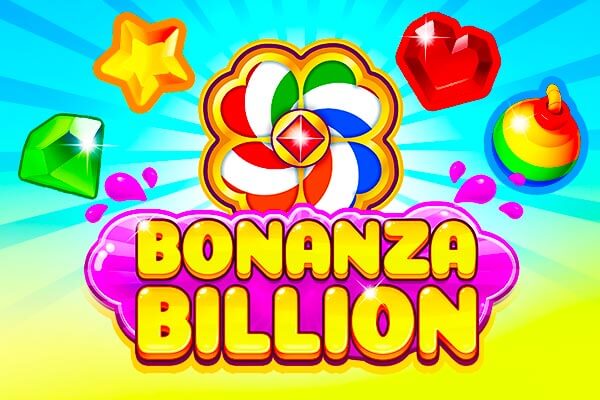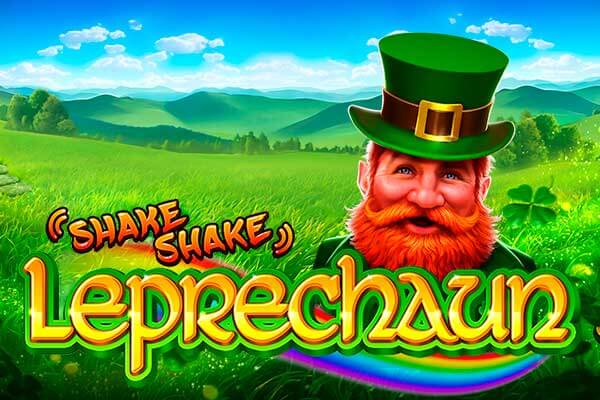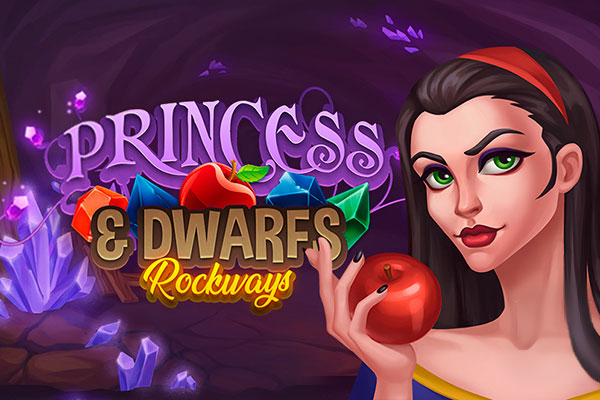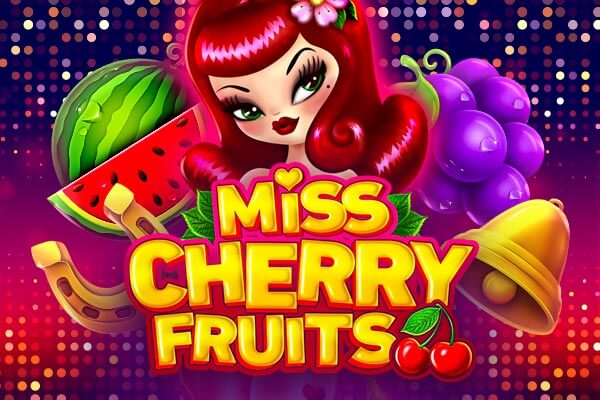When is Holi in 2025? A Comprehensive Guide to the Festival of Colors
Holi, the vibrant and joyous Festival of Colors, is a significant celebration in Hinduism and other cultures across the globe. Known for its playful throwing of colored powders and water, delicious food, and communal spirit, Holi marks the arrival of spring and the triumph of good over evil. If you're wondering, "When is Holi in 2025?" you've come to the right place. This guide will provide you with the exact date, the traditions associated with the festival, and its cultural significance, ensuring you're well-prepared to celebrate this colorful occasion.
Holi 2025 Date: March 14th
Mark your calendars! In 2025, Holi will be celebrated on March 14th. This date is determined by the Hindu lunar calendar, specifically the Phalguna Purnima, which is the full moon day in the month of Phalguna. While the core celebrations take place on March 14th, festivities often begin the evening before with Holika Dahan.
Understanding the Significance of Holi
Holi is more than just a colorful spectacle; it's a festival steeped in rich mythology and cultural symbolism. Understanding the significance of Holi enhances the experience of celebrating it.
The Legend of Holika Dahan
The most prominent legend associated with Holi is the story of Holika Dahan. According to Hindu mythology, there was a demon king named Hiranyakashipu who demanded that everyone worship him. However, his own son, Prahlad, remained devoted to Lord Vishnu. Enraged by his son's defiance, Hiranyakashipu plotted to kill Prahlad with the help of his sister, Holika, who had a boon that made her immune to fire.
Holika tricked Prahlad into sitting on a pyre with her, but due to his unwavering devotion to Vishnu, Prahlad was saved while Holika was burned to ashes. Holika Dahan, which takes place the night before Holi, commemorates this victory of good over evil. Bonfires are lit to symbolize the burning of Holika and the destruction of negativity.
The Story of Radha and Krishna
In the Braj region of India, particularly in Mathura and Vrindavan, where Lord Krishna spent his childhood, Holi is associated with the divine love between Radha and Krishna. Legend has it that Krishna, who had a dark complexion, was jealous of Radha's fair skin. His mother suggested that he playfully color Radha's face with colors.
This playful act evolved into the tradition of playing Holi with colors, symbolizing the expression of love, friendship, and joy. The celebrations in Braj are particularly vibrant and include unique traditions like Lathmar Holi, where women playfully beat men with sticks.
The Arrival of Spring
Holi also marks the arrival of spring, a time of renewal and rebirth. After the cold winter months, the vibrant colors of Holi mirror the blossoming flowers and the vibrant energy of nature awakening. The festival is a celebration of new beginnings, hope, and the joy of life.
How to Celebrate Holi: Traditions and Customs
Holi is celebrated with a variety of traditions and customs that vary across different regions of India and the world. Here are some common ways to celebrate Holi:
Holika Dahan (The Burning of Holika)
As mentioned earlier, Holika Dahan is performed on the eve of Holi. A bonfire is lit, and people gather around it to sing, dance, and pray. The bonfire symbolizes the burning of evil and negativity. People often throw wood, dried leaves, and other combustible materials into the fire.
Playing with Colors (Rangwali Holi)
The main event of Holi is playing with colors, also known as Rangwali Holi. People smear colored powder (gulal) and water on each other's faces and bodies. It's a time of great fun, laughter, and camaraderie. The colors symbolize joy, love, and friendship.
Traditional colors were made from natural sources like flowers, herbs, and spices. However, nowadays, synthetic colors are more commonly used. It's essential to ensure that the colors are skin-friendly and non-toxic to avoid any adverse reactions.
Water Fights
Water guns (pichkaris) and water balloons are often used to drench friends and family with colored water. This adds to the playful and joyous atmosphere of the festival.
Feasting and Sweets
Holi is also a time for feasting and indulging in delicious sweets and savory dishes. Some popular Holi delicacies include:
- Gujiya: A sweet dumpling filled with khoya (milk solids) and dry fruits.
- Thandai: A refreshing milk-based drink flavored with almonds, saffron, and spices.
- Dahi Bhalle: Lentil dumplings served with yogurt and chutneys.
- Puran Poli: A sweet flatbread filled with lentils and jaggery.
- Malpua: A deep-fried pancake soaked in sugar syrup.
Sharing food and sweets is an integral part of the Holi celebrations, fostering a sense of community and togetherness.
Music and Dance
Music and dance are essential components of Holi celebrations. Traditional Holi songs are sung, and people dance to the beats of drums and other musical instruments. In some regions, folk dances and performances are also organized.
Visiting Friends and Family
Holi is a time to strengthen bonds with friends and family. People visit each other's homes to exchange greetings, share sweets, and play with colors. It's a time to forgive and forget past grievances and to start afresh.
Holi Around the World
While Holi is primarily celebrated in India and Nepal, it has gained popularity in other parts of the world as well. The Indian diaspora has carried the traditions of Holi to countries like the United States, Canada, the United Kingdom, Australia, and many others.
Holi celebrations in these countries often involve playing with colors, music, dance, and food. Many community organizations and cultural groups organize Holi events that attract people from diverse backgrounds.
Preparing for Holi 2025
To make the most of Holi 2025, here are some tips to prepare:
- Mark your calendar: As mentioned earlier, Holi 2025 falls on March 14th.
- Gather your supplies: Purchase colors (gulal), water guns (pichkaris), and water balloons. Ensure that the colors are skin-friendly and non-toxic.
- Plan your outfit: Wear old clothes that you don't mind getting stained with color. Light-colored clothes are often preferred as they show the colors more vividly.
- Protect your skin and hair: Apply oil or moisturizer to your skin and hair to protect them from the colors.
- Prepare your home: Cover furniture and other valuables to protect them from the colors.
- Plan your menu: Decide on the sweets and dishes you want to prepare for the festival.
- Invite friends and family: Holi is best celebrated with loved ones, so invite your friends and family to join in the fun.
- Learn about the traditions: Understanding the significance of Holi will enhance your experience of celebrating it.
- Stay safe: Be mindful of others while playing with colors and water. Avoid throwing colors on people who don't want to participate.
- Respect the environment: Use eco-friendly colors and avoid wasting water.
The Spiritual and Social Significance of Holi
Beyond the fun and frolic, Holi carries deep spiritual and social significance.
Spiritual Significance
Holi is a reminder of the triumph of good over evil, as symbolized by the story of Holika Dahan. It encourages people to let go of negativity and embrace positivity. The festival also symbolizes the power of devotion and faith, as demonstrated by Prahlad's unwavering belief in Lord Vishnu.
Social Significance
Holi promotes social harmony and unity. It brings people from different backgrounds together to celebrate and have fun. The festival transcends social barriers and encourages people to forgive and forget past grievances. It's a time to strengthen bonds with friends and family and to foster a sense of community.
Common Questions About Holi
Q: What is the significance of Holika Dahan?
A: Holika Dahan commemorates the victory of good over evil, as symbolized by the story of Holika, who was burned to ashes while attempting to kill Prahlad.
Q: What are the popular sweets and dishes prepared during Holi?
A: Some popular Holi delicacies include Gujiya, Thandai, Dahi Bhalle, Puran Poli, and Malpua.
Q: How can I protect my skin and hair during Holi?
A: Apply oil or moisturizer to your skin and hair to protect them from the colors.
Q: What are some tips for celebrating Holi safely?
A: Use skin-friendly colors, avoid throwing colors on people who don't want to participate, and be mindful of others while playing with colors and water.
Q: Is Holi celebrated outside of India and Nepal?
A: Yes, Holi is celebrated in many countries around the world, particularly in areas with a significant Indian diaspora.
Conclusion: Embrace the Colors of Holi 2025
Holi is a festival that embodies joy, love, friendship, and the triumph of good over evil. As you prepare to celebrate Holi on March 14th, 2025, embrace the traditions, the colors, and the spirit of togetherness. Whether you're playing with colors, feasting on delicious sweets, or simply spending time with loved ones, Holi is a time to create lasting memories and celebrate the vibrant tapestry of life. So, get ready to immerse yourself in the colors of Holi and welcome the arrival of spring with open arms! Let the festivities begin!
Related Pages
- "₹40,000 in Words: Simple Guide + FREE Conversion Chart [Indian Rupees]"
- Vikas Lifecare Share: क्या यह स्टॉक आपके पोर्टफोलियो के लिए सही है?
- Ishq Express: Your Ticket to Love & Epic Wins!
- Motilal Oswal Midcap Fund: Is It the Right Choice for You? [2025]
- Jio Helpline Number: Instant Support + Exclusive Offers!
Slots and Games

{{Games-kaz}}

Wilds of Fortune

Aztec Sun Hold and Win

Shake shake Leprechaun

The Princess & Dwarfs

Aloha King Elvis

Aztec Magic Megaways

Miss Cherry Fruits

Shake Shake Money Tree

Shark Spin